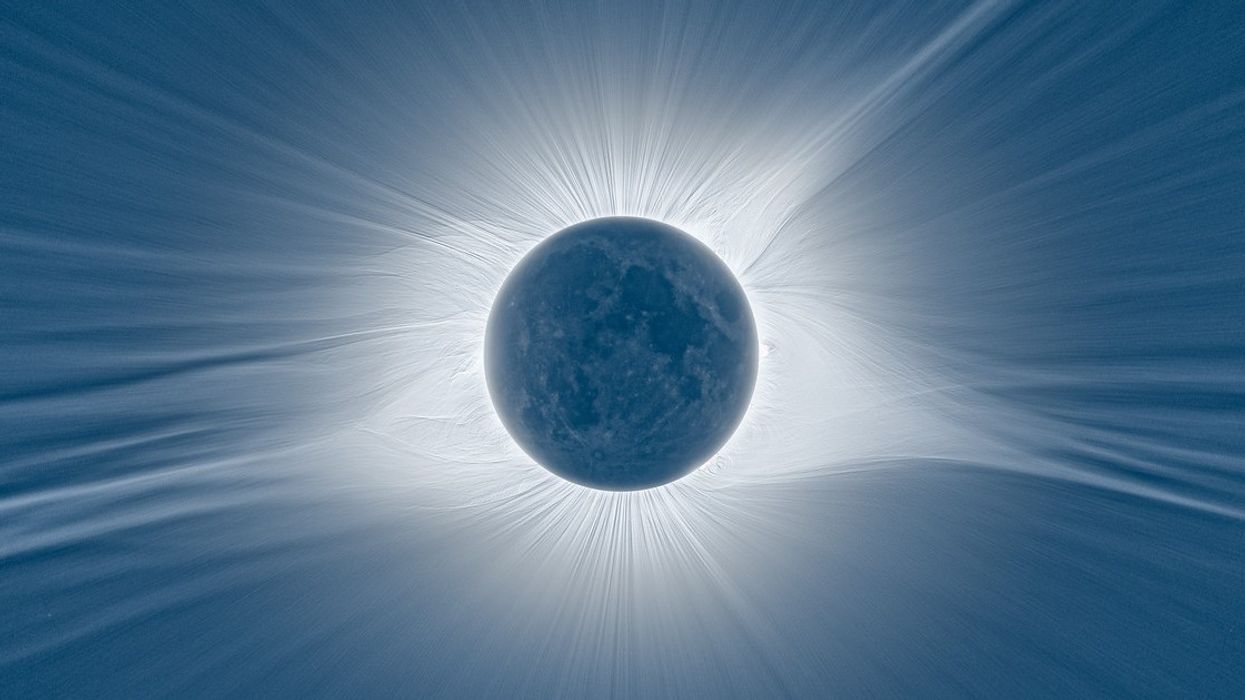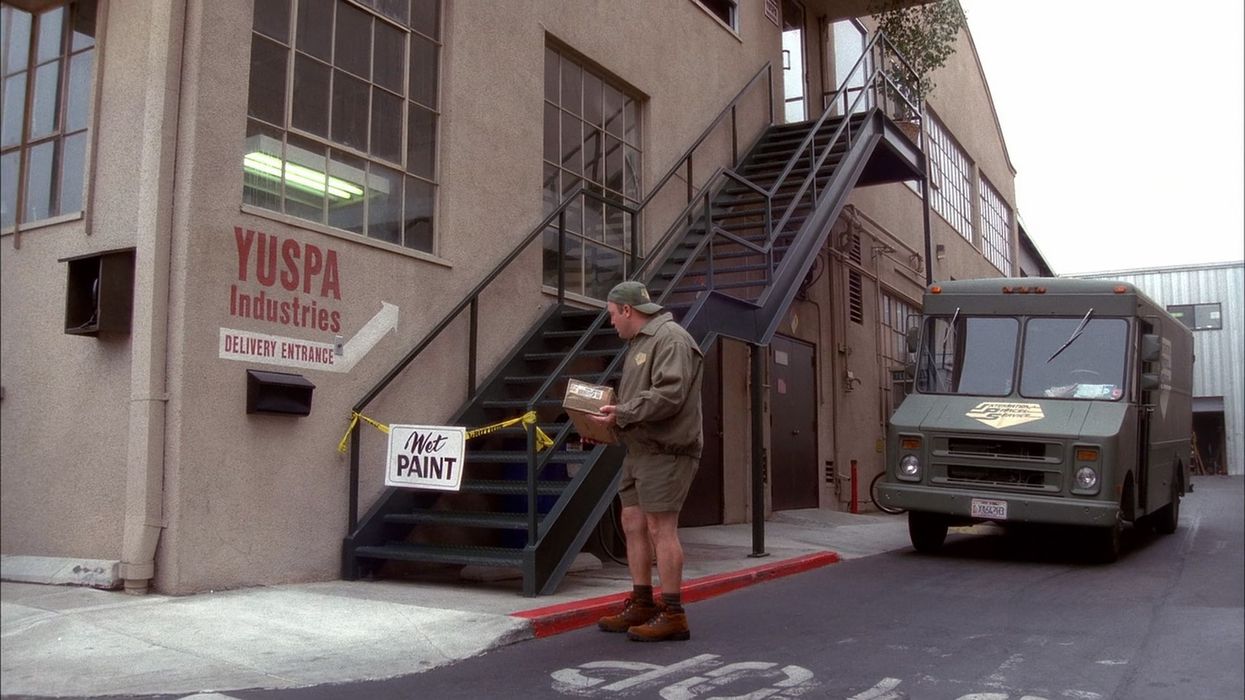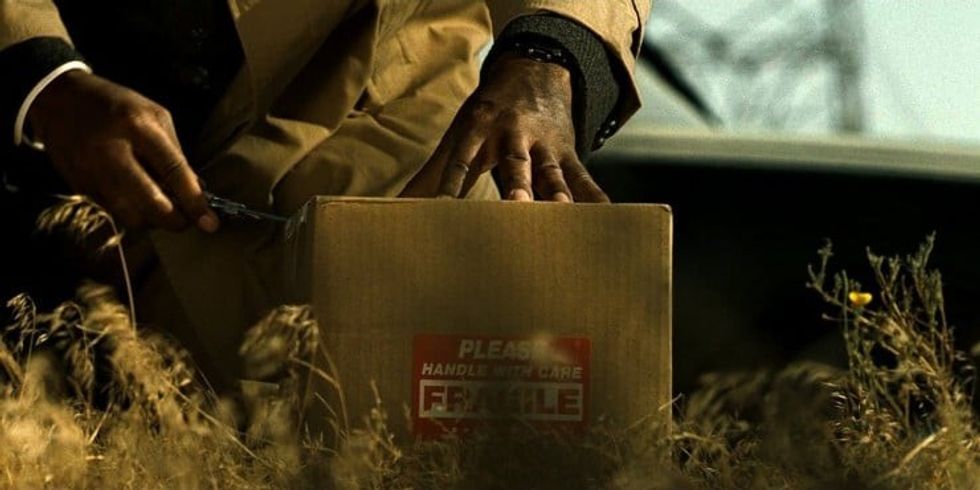This Might Be the Most Beautiful Video of the Great American Solar Eclipse
Behold! The Great American Solar Eclipse in all its glory.

Remember the Great American Solar Eclipse of 2017? I do. Its path crossed 20 minutes north of my hometown, so my whole family gathered on my rooftop patio with $15 eclipse glasses to watch the sun disappear to near totality.
I'll never forgive myself for not making the very short trip to actually experience and photograph the solar eclipse when it reached complete totality, but thanks to a select number of talented photographers and videographers, I can bear witness in the next best way: through their work.
Using over 12 cameras in 4 separate locations, photographer Phil Hart managed to capture the incredible event and turn his images into an unforgettable timelapse of one of the coolest occurrences in the cosmos (that we can see with the naked eye...with protection.)
Moon in Motion was awarded a Vimeo Staff Pick for its stellar imagery. Check it out below.
It should go without saying, but a lot of preparation went into Hart's project, and he documented the massive undertaking on his blog.
Together with Brad LeBrocque and landscape photographer Glenn Tambling, Hart captured the 2017 solar eclipse from 4 locations in both Idaho and Wyoming: North and South Menan Butte, Beaverhead Range, and the Table Mountain summit.
He used 12...yeah...12...cameras to capture the solar eclipse, some of which were hidden remote cameras placed several days before the event.

Here's Hart's list of the gear he used for the project:
- Canon 5D Mark IV, Takahashi FS-102 telescope (1300mm, f13).
- Canon 5D Mark IV, Borg 77 EDII telescope (550mm, f7).
- Canon 6D, Pentax 300mm f4 ED IF lens
- Canon 5D Mark IV, 24mm lens
- Canon 6D, 24-70mm lens
- Canon 6D Mark II, 14mm lens
- Canon G1X Mark II
- Canon 5D Mark IV, Sigma ART 14mm lens
- Canon 5D Mark IV, 8-15mm fisheye
- Canon 5D Mark IV, Samyang 14mm lens
- Canon 1100D with 18-55mm lens (at 24mm)
- Canon 6D Mark II with Samyang 35mm lens
He used PixInsight and a Larson-Sekanina filter to create those glorious high-resolution images of the eclipse, as well as Adobe After Effects and Premiere Pro to put it all together in a timelapse...which if you were wondering why we're just now seeing a video of the 2017 solar eclipse, Hart explains that it took him almost two years to "develop and apply the specialized eclipse image processing and video editing techniques required to create this."

The next solar eclipse will take place on July 2nd, 2019 and will have a much longer duration than the one in 2017, clocking in at 4 minutes and 33 seconds...but...that duration will likely only be observable by people out on boats in the South Pacific Ocean. The path of the eclipse will also pass over small parts of Chile and Argentina.
So, challenging? Yes. Impossible? Never! Get your passport, boating license, and 12 cameras and go capture the next great solar eclipse.















